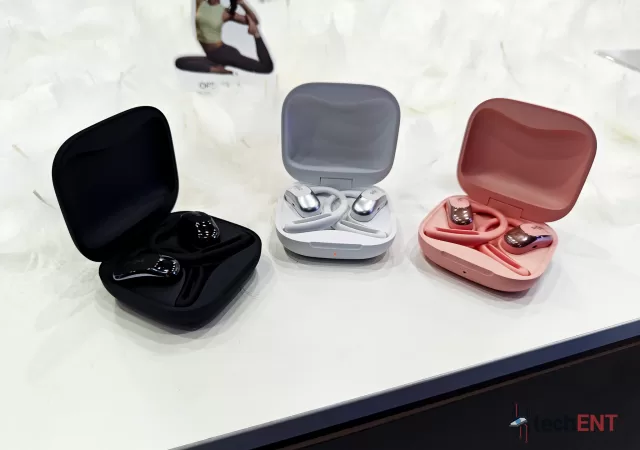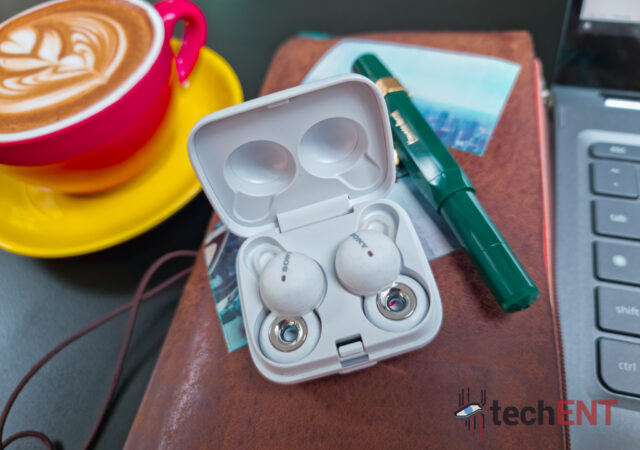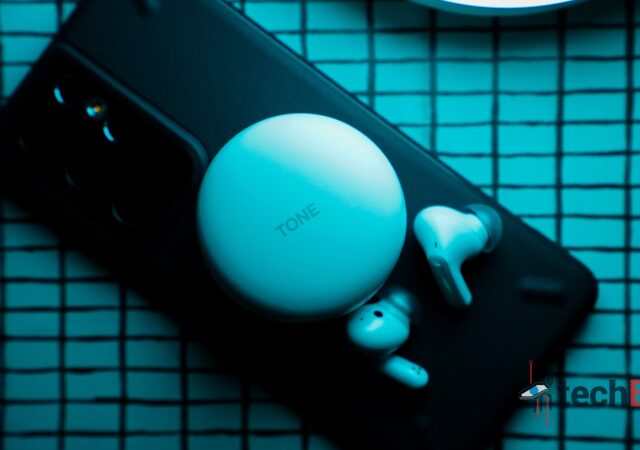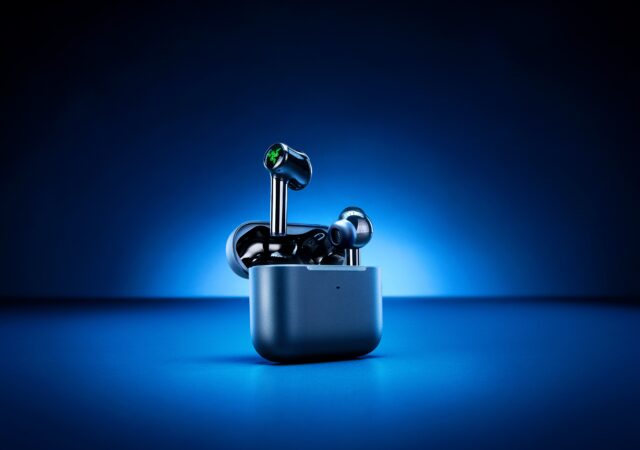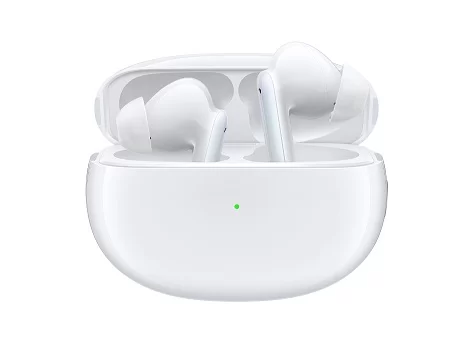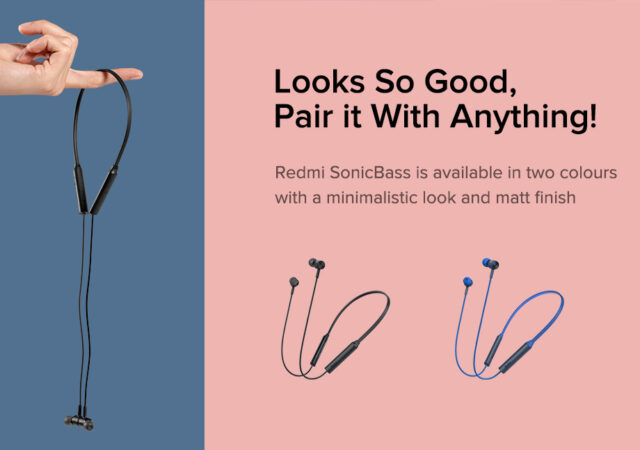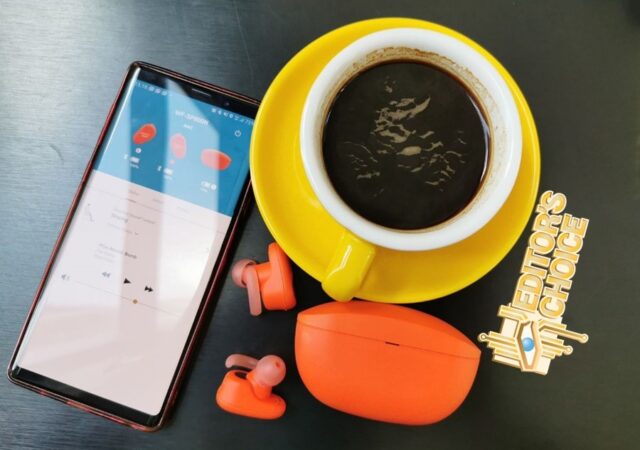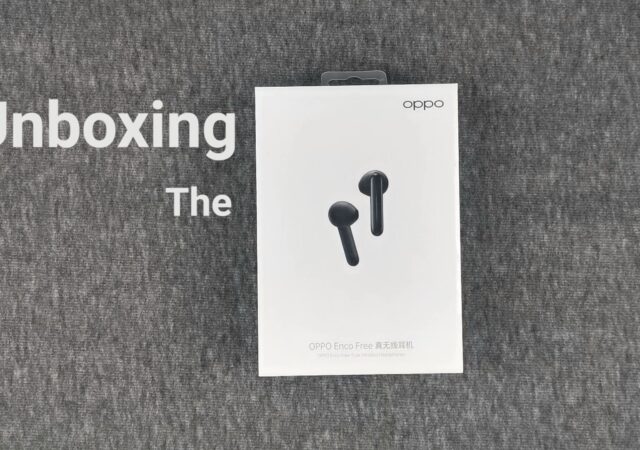The Shokz OpenFit Air shakes things up with its open ear concept delivering top notch sound without obstructing the ear.
Nothing Ear (2) Launches, Coming to Your Ears for MYR 599.
Nothing releases their latest Nothing Ear (2) earbuds with hi-res audio, LHDC 5.0, and better noise cancelling for MYR 599.
The Sony WF-L900 LinkBuds In-Depth Review – You’re Not Here, But You’re Not There
Sony made this very unique pair of headphones that is permanently on transparent mode at MYR 849. It is a good idea, but is it any good?
LG TONE Free FP8 In-Depth Review – Something Different
We got our hands on one LG TONE Free FP8 that comes with a unique UVnano technology and Meridian tuning. Is it worth MYR 1,099?
Razer’s New Hammerhead TWS Earbuds Comes with Razer Chroma RGB and ANC
Razer releases the second-generation Hammerhead TWS earbuds with Bluetooth 5.2, Razer Chroma RGB, and ANC capabilties for MYR 629.
OPPO Enco X Launching in Malaysia Soon!
Update (11/03/21): The OPPO Enco X has launched globally with immediate availability. Official global pricing is EU€ 179 (MYR 879***). We are expecting the TWS earphone to arrive in Malaysia toward the end of March 2021 or early April 2021…
Redmi Brings SonicBass to India for Rs.999
Xiaomi subsidiary, Redmi just launched the new wireless earphones in India. The new offering was initially launched in Nepal last month. Since its initial launch, the Redmi SonicBass wireless earphones have become known as the affordable true wireless earbuds. The…
Sony WF-SP800N In-Depth Review – Actively Active Noise Cancelling
Sony’s WF-SP800N is a one-of-a-kind sports earphone with Active Noice Cancelling. For MYR 849, we do like it. Why? Read on and find out.
Unboxing The OPPO Enco Free
We unboxed the OPPO Enco Free True Wireless Earbuds. The OPPO Enco Free is another True Wireless earbuds that carries that Apple Airpods-esque design. There is a few small difference between the Enco Free and the Airpods though. The OPPO…



